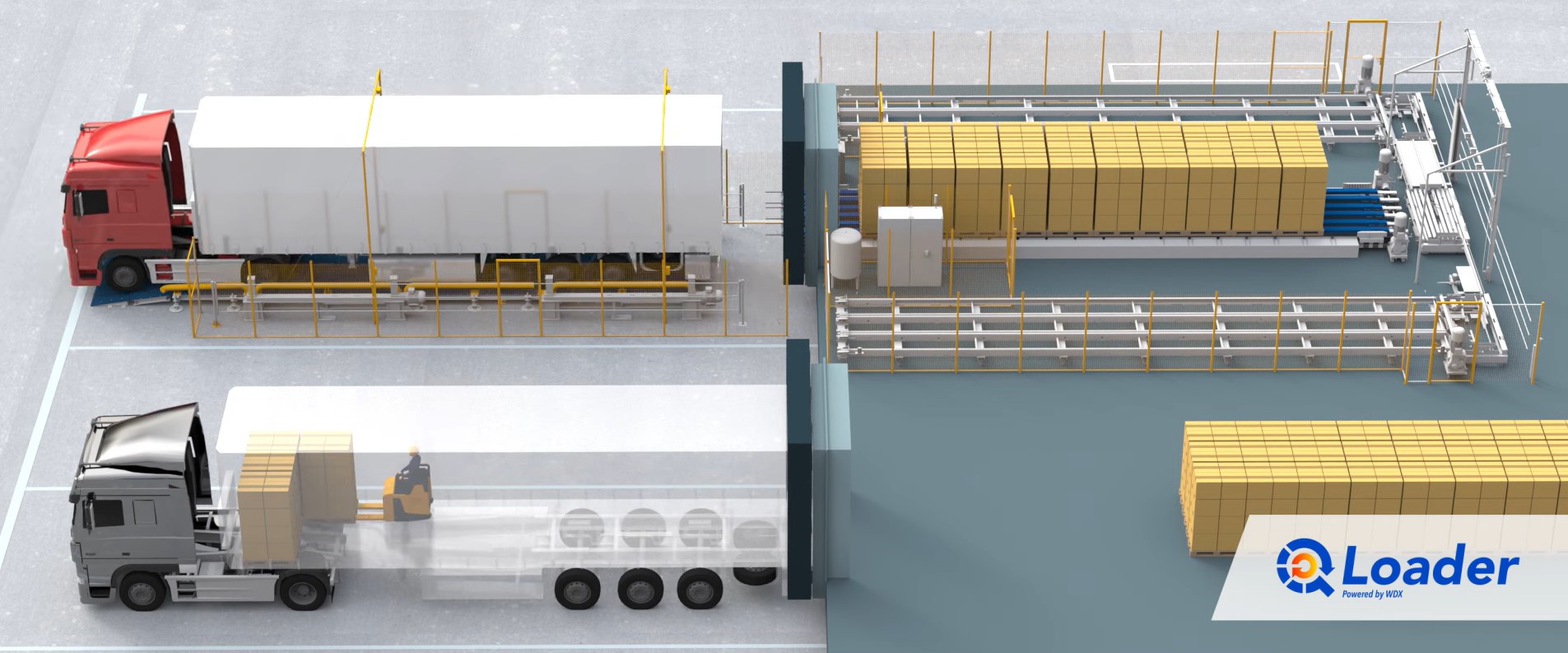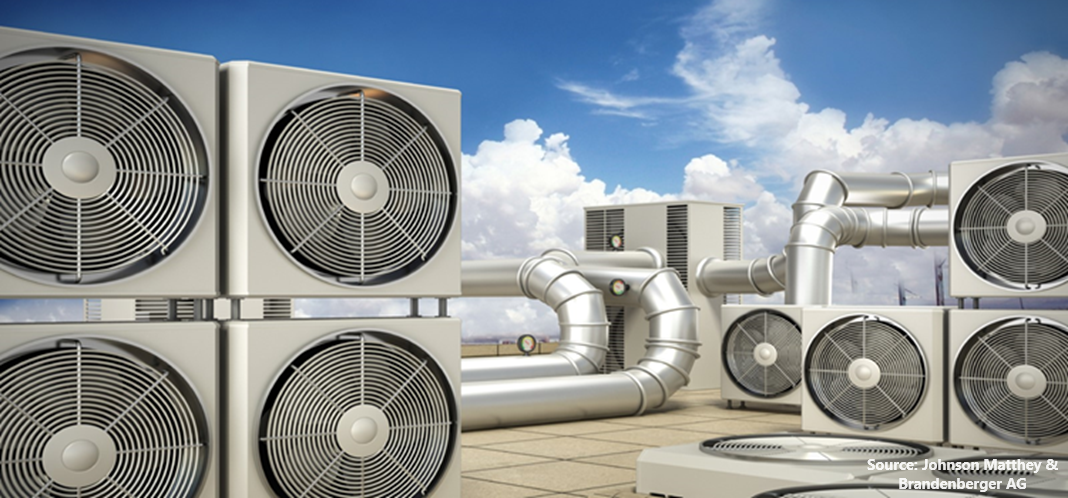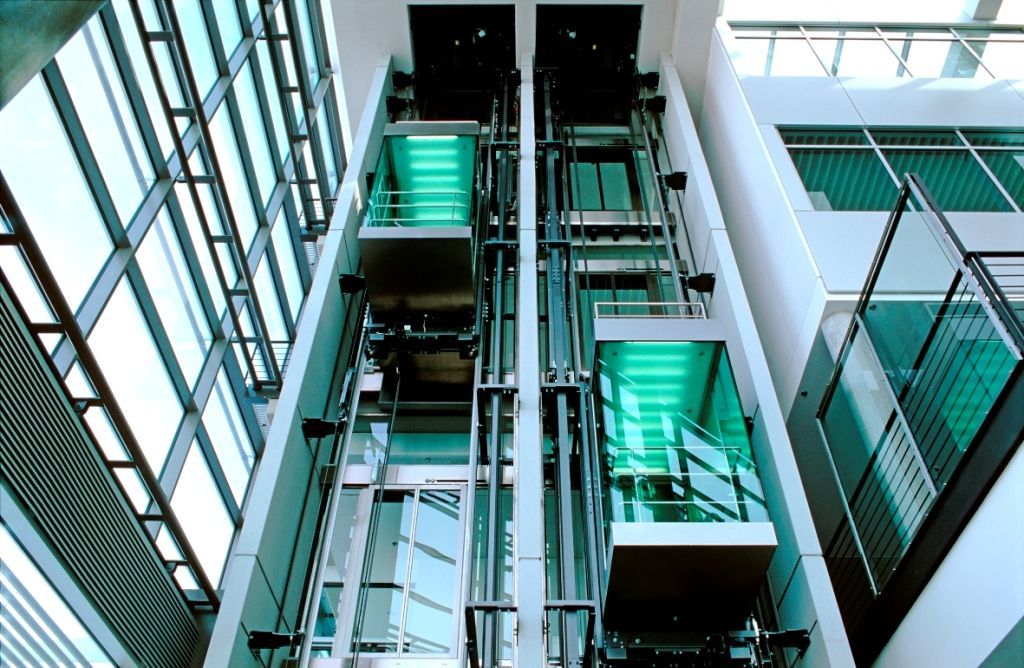
Europe Heat Exchangers Market by Type (Shell & Tube, Plate & Frame, Air Cooled, and Others), by Material (Metals, Alloys, and Brazing-CLAD), and by End User (Chemical, Energy & Power, Heating, Ventilation, Air Conditioning, and Refrigeration (HVACR), Food & Beverage, Pulp & Paper, and Others)– Opportunity Analysis and Industry Forecast, 2024–2030
Industry: Construction & Manufacturing | Publish Date: 04-Sep-2024 | No of Pages: 170 | No. of Tables: 123 | No. of Figures: 88 | Format: PDF | Report Code : CM1524
Market Overview
The Europe Heat Exchangers Market size was valued at USD 3613.9 million in 2023, and is predicted to reach USD 5415.9 million by 2030, with a CAGR of 5.3% from 2024 to 2030.
Heat exchangers are sophisticated devices crafted to transfer heat from one fluid to another without direct fluid contact. They are widely deployed across industrial, commercial, and residential domains, including HVAC systems and refrigeration units, to effectively heat or cool fluids or air. These devices function by permitting heat to traverse through a barrier, be it a solid wall or a series of plates or tubes.
Their utility spans various tasks, from heating water in boilers to cooling air in air conditioning systems. Heat exchangers come in a myriad of designs customized to specific needs, ranging from basic radiator coils to intricate systems employed in chemical processing plants and power generation facilities.
They serve pivotal roles across multiple industries and applications, regulating air temperature in buildings, aiding steam production in power plants, managing temperatures during chemical reactions, and facilitating food processing, among other functions. Moreover, they are vital components in automotive cooling systems and boast extensive applications in aerospace, marine, and wastewater treatment sectors, playing a significant role in ensuring efficient thermal management and energy transfer.
Rising Urbanization and Industrialization across Europe drive market growth
The expansion of industrialization and urbanization in Europe significantly shapes the growth of the heat exchangers market. With the continuous growth of manufacturing, energy, and construction sectors, there is a rising demand for effective heat exchange solutions to meet diverse industrial needs. Industries including power generation, heavily reliant on heat exchangers for steam production and turbine cooling, are experiencing notable growth due to increasing energy requirements.
Moreover, the upsurge in construction projects is driving the need for HVAC systems in both commercial and residential buildings, thus escalating the demand for heat exchangers in air conditioning and refrigeration applications.
Additionally, the market for heat exchangers is undergoing significant changes due to the expanding middle class and the ongoing trend of urbanization. Urbanization is accompanied by a growing demand for convenient food options and streamlined supply chains that optimize resource utilization, including energy, water, and raw materials. Furthermore, consumers are placing greater importance on food and beverage products with minimal environmental impact, preferring those produced sustainably or packaged using eco-friendly materials.
Growing Demand for Renewable Energy in Europe Propels Market Growth
The burgeoning demand for renewable energy in Europe is propelling growth in the heat exchangers market, driven by investments in solar, wind, and geothermal power ventures. Heat exchangers are pivotal components in these renewable energy systems, facilitating crucial heat transfer processes essential for energy generation and storage.
The proliferation of solar thermal power plants, the advancement of geothermal energy initiatives, and supportive governmental initiatives advocating for the adoption of renewable energy sources all contribute to the heightened demand for heat exchangers.
Moreover, the emphasis on energy efficiency and sustainability further amplifies market growth, as heat exchangers play a central role in optimizing thermal management systems and augmenting overall energy efficiency across renewable energy infrastructure.
High Maintenance and Installation Costs Restrain Market Growth
The expansion of the heat exchangers market faces notable obstacles, primarily stemming from high initial expenditures and continuous maintenance costs. The significant investment required for procuring and installing heat exchangers, particularly in extensive industrial settings, can dissuade businesses, especially those with constrained financial capacities, from adopting this technology.
Additionally, although heat exchangers promise long-term cost benefits through energy efficiency, they entail regular maintenance and operational outlays, encompassing cleaning and repairs. Consequently, the perceived financial burden associated with heat exchangers could act as a deterrent to their broad adoption, thereby impeding market growth within particular sectors.
Advancements in Cutting-Edge Materials and the Rising Trend of Industry 4.0 Create a Market Opportunity
The incorporation of advanced materials such as graphene and advanced ceramics represents a significant advancement in heat exchangers technology. These materials possess remarkable properties such as high thermal conductivity and corrosion resistance, offering considerable potential for enhancing efficiency, durability, and overall performance across diverse industries such as HVACR, automotive, aerospace, and renewable energy. Leveraging these distinctive attributes, heat exchangers can facilitate more effective heat transfer and better endure challenging operational conditions, thereby enhancing reliability and extending lifespan.
Furthermore, the adoption of advanced materials holds the promise of reducing energy consumption and prolonging service life by approximately 5 to 10 years, resulting in substantial benefits in terms of operational efficiency and sustainability across various sectors.
Moreover, the rise of Industry 4.0, characterized by the integration of automation, data exchange, and digital technologies in manufacturing processes, presents further opportunities for advancing heat exchangers technology. Through enhanced monitoring, control, and optimization facilitated by Industry 4.0 technologies, heat exchangers can attain heightened efficiency and productivity.
Hence, the synergy between advanced materials and Industry 4.0 innovations is poised to propel innovation and growth in the heat exchangers market, offering improved performance and sustainability across a wide range of industrial applications.
Germany holds the dominant market share in the European Market
Germany holds the dominant market share in the heat exchangers market due to several factors. Firstly, Germany is known for its strong industrial base and advanced manufacturing capabilities, allowing it to produce high-quality heat exchangers that meet stringent industry standards.
Secondly, the country has a robust research and development infrastructure, fostering innovation in heat exchanger technologies and enabling continuous improvements in efficiency and performance. Thirdly, Germany's emphasis on energy efficiency and environmental sustainability drives the adoption of heat exchangers across various sectors, including automotive, aerospace, manufacturing, and renewable energy.
Additionally, the country's well-developed infrastructure and favorable government policies support the growth of the heat exchangers industry by encouraging investments and promoting market expansion. Overall, Germany's combination of technological expertise, innovation, and supportive policies positions it as a leader in the global heat exchangers market.
Russia is Expected to Show Steady Growth in the European Market
Russia is expected to show steady growth in the heat exchangers market due to several factors. Firstly, the country's expanding industrial sector, particularly in sectors such as oil and gas, chemical processing, and power generation, drives the demand for heat exchangers for various applications including heat recovery, thermal management, and process heating.
Secondly, Russia's focus on modernizing its infrastructure and improving energy efficiency creates opportunities for the adoption of heat exchangers in HVAC systems, industrial processes, and renewable energy projects. Thirdly, government initiatives aimed at promoting energy efficiency and reducing environmental impact further stimulate the demand for heat exchangers across different industries.
Additionally, Russia's strategic geographic location and its role as a major energy exporter contribute to the growth of the heat exchangers market as it fuels investments in energy-related infrastructure projects. Overall, these factors collectively support the anticipated steady growth of the heat exchangers market in Russia.
Competitive Landscape
Several market players operating in the Europe heat exchangers market include Alfa Laval AB, Johnson Controls International plc, Carrier Global Corporation, Lennox International Inc., Trane Technologies plc, API Heat Transfer Inc., Kelvion Holding GmbH, Xylem Inc., Danfoss Group, and General Electric Company among others. These companies are adopting various strategies such as product launches to remain dominant in the heat exchangers market.
Key Market Segments
By Type
-
Shell & Tube
-
Fixed Tube Heat Exchangers
-
U-Tube Heat Exchangers
-
Floating Head Heat Exchangers
-
Other Shell & Tube Heat Exchangers
-
-
Plate & Frame Heat Exchangers
-
Gasketed Plate & Frame Heat Exchangers
-
Welded Plate & Frame Heat Exchangers
-
Brazed Plate & Frame Heat Exchangers
-
Other Plate & Frame Heat Exchangers
-
-
Air Cooled
-
Forced Draft Heat Exchangers
-
Induced Draft Heat Exchangers
-
-
Others
By Materials
-
Metals
-
Alloys
-
Brazing-CLAD
By End User
-
Chemical
-
Energy & Power
-
HVACR
-
Food & Beverage
-
Pulp & Paper
-
Others
By Country
-
UK
-
Germany
-
France
-
Italy
-
Spain
-
Denmark
-
Netherlands
-
Finland
-
Sweden
-
Norway
-
Russia
-
Rest of Europe
REPORT SCOPE AND SEGMENTATION:
|
Parameters |
Details |
|
Market Size in 2023 |
USD 3613.9 Million |
|
Revenue Forecast in 2030 |
USD 5415.9 Million |
|
Growth Rate |
CAGR of 5.3% from 2024 to 2030 |
|
Analysis Period |
2023–2030 |
|
Base Year Considered |
2023 |
|
Forecast Period |
2024–2030 |
|
Market Size Estimation |
Million (USD) |
|
Growth Factors |
|
|
Countries Covered |
9 |
|
Companies Profiled |
10 |
|
Market Share |
Available for 10 companies |
|
Customization Scope |
Free customization (equivalent up to 80 working hours of analysts) after purchase. Addition or alteration to country, regional, and segment scope. |
|
Pricing and Purchase Options |
Avail customized purchase options to meet your exact research needs. |
KEY PLAYERS
-
Alfa Laval AB
-
Johnson Controls International plc
-
Carrier Global Corporation
-
Lennox International Inc.
-
Trane Technologies plc
-
API Heat Transfer Inc.
-
Kelvion Holding GmbH
-
Xylem Inc.
-
Danfoss Group
-
General Electric Company




 Speak to Our Analyst
Speak to Our Analyst


































